New York-listed wood chip producer Enviva has signed up for a sail-assisted bulk carrier to be ordered by Mitsui OSK Lines (MOL), which will feature both MOL’s own hard sail Wind Challenger as well as rotor sails created by Anemoi Marine Technologies. MOL has tasked Oshima Shipbuilding with the building of the 62,900 dwt ship, securing a 2024 delivery slot. MOL claims the installed variety of sails will cut greenhouse gas emissions by 20%. As part of Enviva's goal to achieve net-zero greenhouse gas emissions from its operations by 2030, the company has committed to addressing scope 3 emissions. Shipping pellets across the Atlantic Ocean currently comprise one-third of Enviva’s supply chain emissions.
TotalEnergies deploys drones to tackle methane emissions: French energy giant TotalEnergies has launched a worldwide drone-based methane emissions detection and quantification campaign across all its upstream oil and gas-operated sites. The campaign uses the so-called AUSEA (airborne ultralight spectrometer for environmental applications) technology developed by TotalEnergies, the French National Research Center for Scientific Research (CNRS), and the University of Reims Champagne Ardenne. The project is part of the company's move to achieve a reduction of 50% in methane emissions at its operated sites by 2025 and of 80% by 2030. Following tests at sites in Nigeria, Italy, the Republic of Congo, and the Netherlands, AUSEA technology is being rolled out further. The campaign, which began in early March for African offshore sites, has now been launched in South America and will reach Europe this summer.
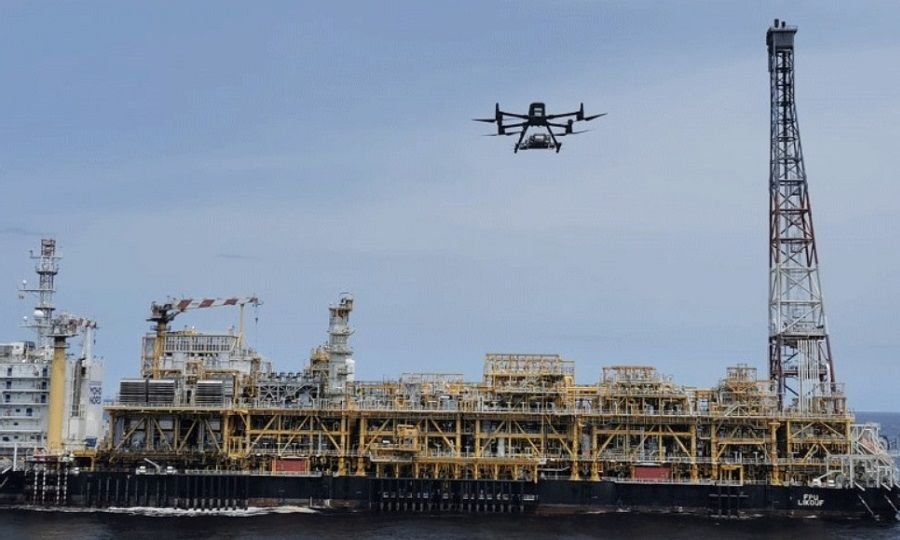
Regulations
Shipping moves closer to the EU's carbon trading system as lawmakers push for GHG cuts: Shipping has moved further toward being covered by the EU's carbon market (ETS) after the policymakers in the European Parliament's environment committee (ENVI) voted to further bolster the emissions-reduction scheme. The ETS reform was put forward by the European Commission last July as part of a massive package to align the bloc's economy with a stricter emissions-reduction target for 2030.
MEPs endorsed a string of changes to the carbon market, including expanding the scheme to cover 100% of voyages by 2028, as well as the charterer-pays clause and the creation of a dedicated fund for the energy transition of the sector. Europe's clean transport campaigner, Transport & Environment, welcomed the decision but warned that exemptions for ice-class vessels and voyages to the outermost regions would undermine its effectiveness.
Ports – Green Corridors
New initiative to explore the world's first cruise-led green corridor: The U.S. Port of Seattle, Alaskan City and Borough of Juneau, Canada's Vancouver Fraser Port Authority, major cruise lines, as well as the Global Maritime Forum, Blue Sky Maritime Coalition, and Washington Maritime Blue have announced a new commitment to exploring the feasibility of the world's first cruise-led ‘green corridor.’ The collaborative effort is aimed at exploring the feasibility of a green corridor that could accelerate the deployment of zero-emission ships and operations between Alaska, British Columbia, and Washington.
Cruise line and industry partners include Carnival Corporation and its cruise brands including Princess Cruises, Holland America Line, Carnival Cruise Line, Seabourn, and Cunard; Norwegian Cruise Line Holdings and its cruise brands including Norwegian Cruise Line, Oceania Cruises, and Regent Seven Seas Cruises; Royal Caribbean Group including its brands Royal Caribbean International, Celebrity Cruises, and Silversea Cruises; and Cruise Lines International Association, the world’s largest cruise industry trade association.
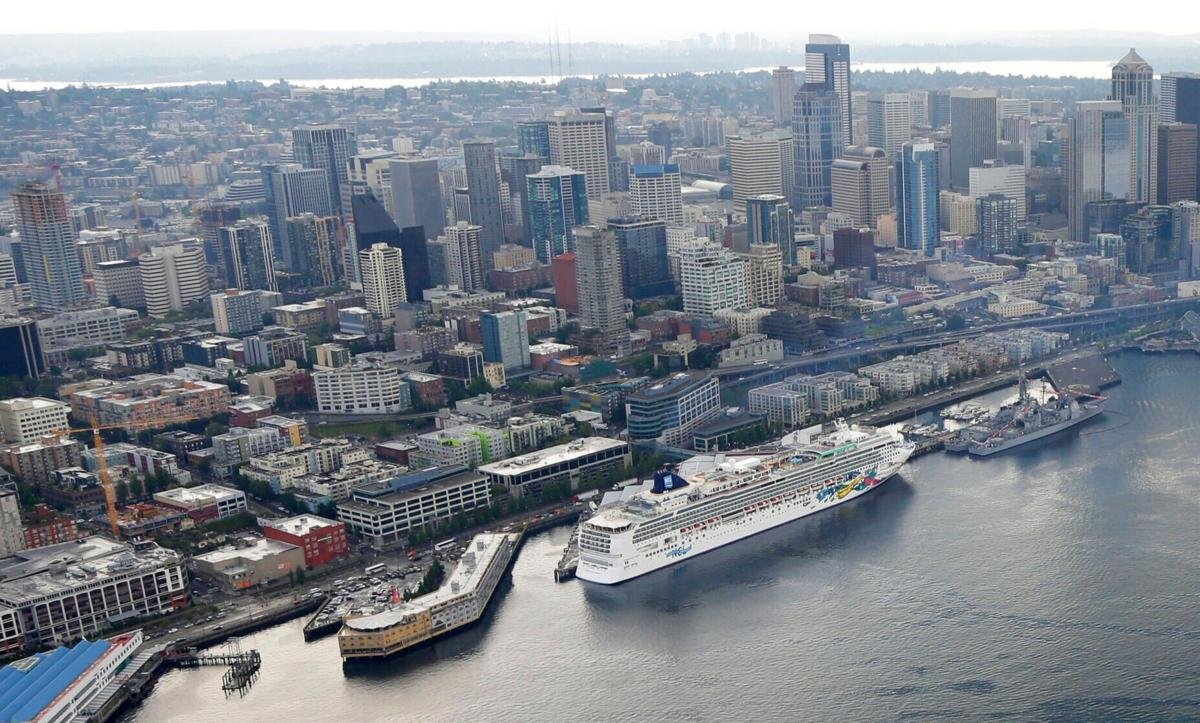
Ports
Port of Antwerp-Bruges and CMB.TECH create the first hydrogen-powered tugboat: Port of Antwerp-Bruges and CMB.TECH will soon welcome the Hydrotug, the first hydrogen-powered tugboat. The ship has two BeHydro V12 dual fuel medium speed engines that can run on hydrogen and traditional fuel. This pioneering development is an important step in the port's transition to a sustainable, climate-neutral port by 2050. At the same time, with the Hydrotug, CMB.TECH confirms its international ground-breaking role in the transition to "green" ships.
 Gasunie and Fluxys team up on North Sea Port hydrogen network:
Gasunie and Fluxys team up on North Sea Port hydrogen network: Dutch gas infrastructure firm Gasunie and Belgian LNG terminal operator Fluxys have joined forces for a Dutch-Belgian hydrogen network connection in North Sea Port. Gasunie and Fluxys are working on the development of national hydrogen networks in the Netherlands and Belgium respectively. These networks will be interconnected in the North Sea Port area, which goes from Ghent to Vlissingen and Terneuzen. In the future, the Dutch-Belgian connection will supply hydrogen to companies in the 60-kilometer-long port area. Gasunie, Fluxys, and North Sea Port, therefore, signed agreements on this on 17 May 2022.
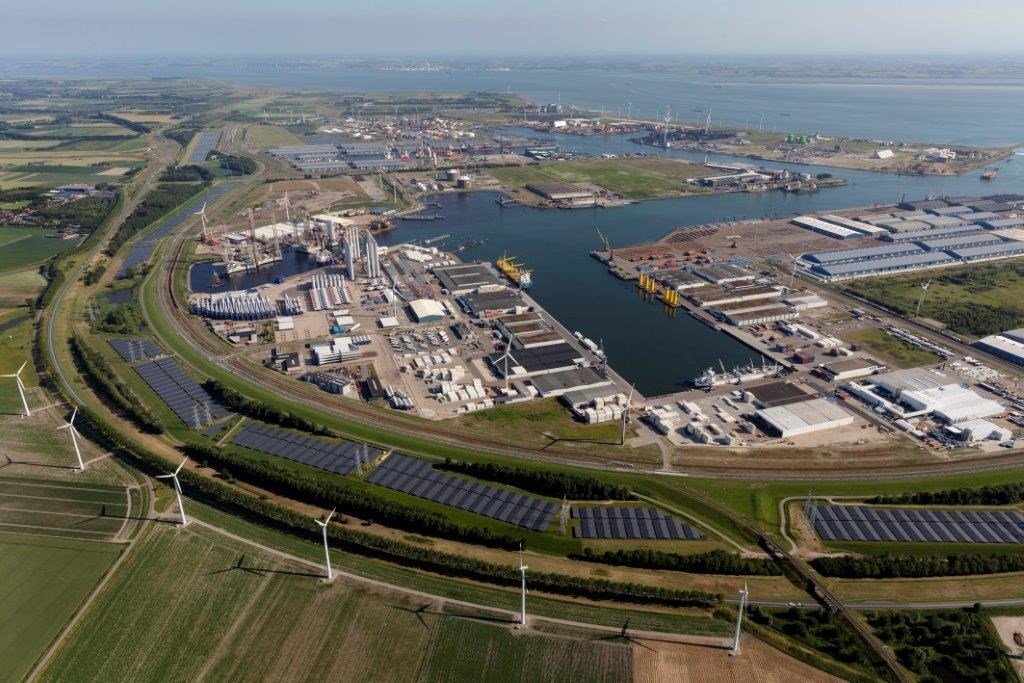
Governments
HySupply winners to receive government funding for hydrogen supply innovation: The UK Department for Business, Energy and Industrial Strategy revealed in a statement that 28 projects will receive a share of the £60 million funding. The funding is to support innovation in the supply of hydrogen, making it more viable. This funding has been awarded after a competitive bidding process to companies that demonstrated their potential to develop feasible low-carbon hydrogen supply solutions. 28 projects across the UK, including Scotland, Wales, and the north of England, received funding through the Low Carbon Hydrogen Supply 2 (HySupply 2) competition. This is to support research and innovation in producing and transporting hydrogen, making it a more viable and affordable fuel for energy-intensive sectors which rely on expensive fossil fuels.
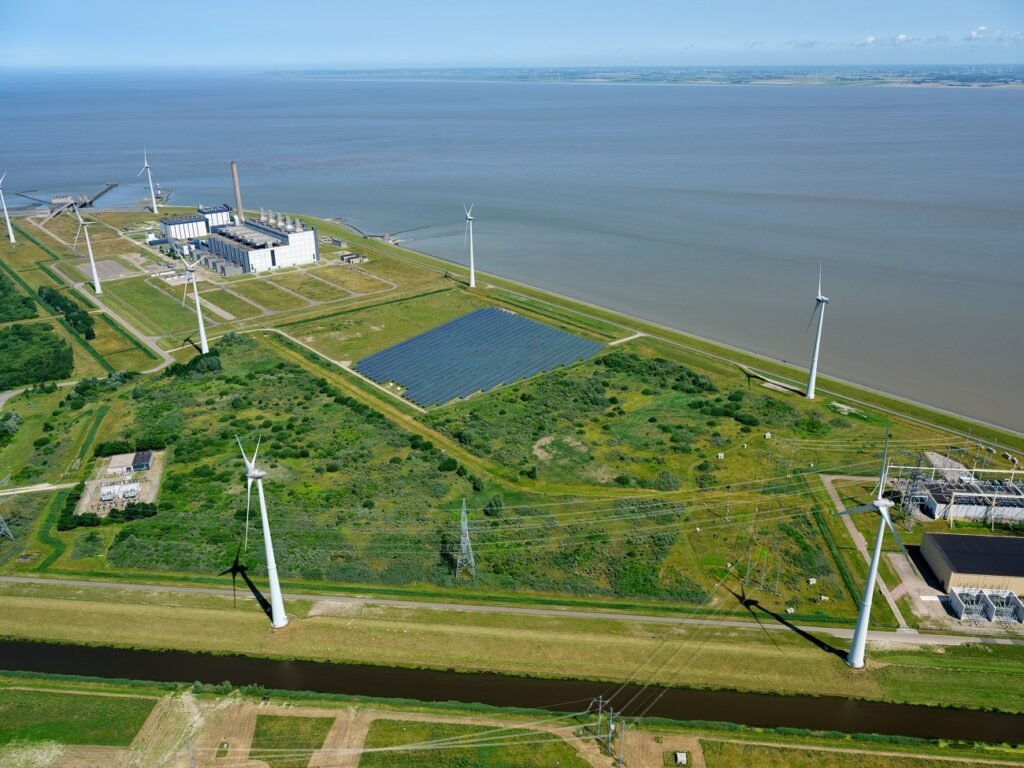
Source:
Breakwave Advisors, By: Maria Bertzeletou
The opinions expressed herein are the author's and not necessarily those of The Xinde Marine News.
Please Contact Us at:
media@xindemarine.com

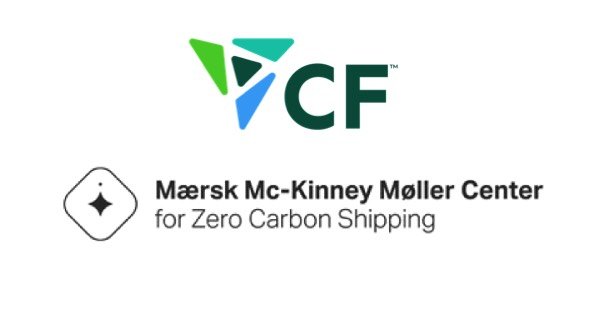
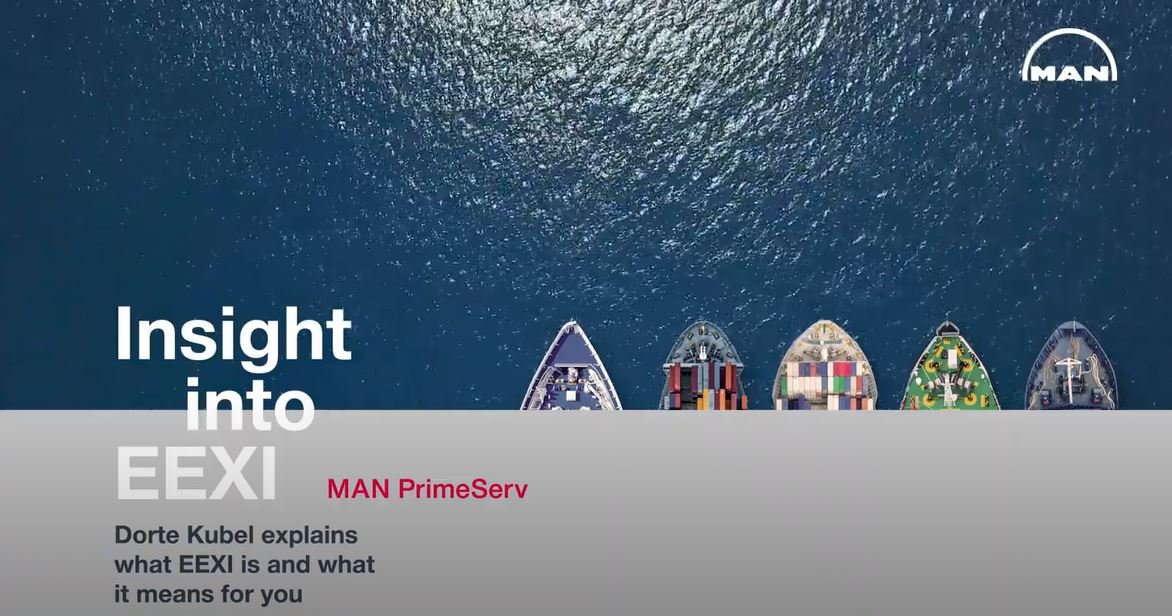
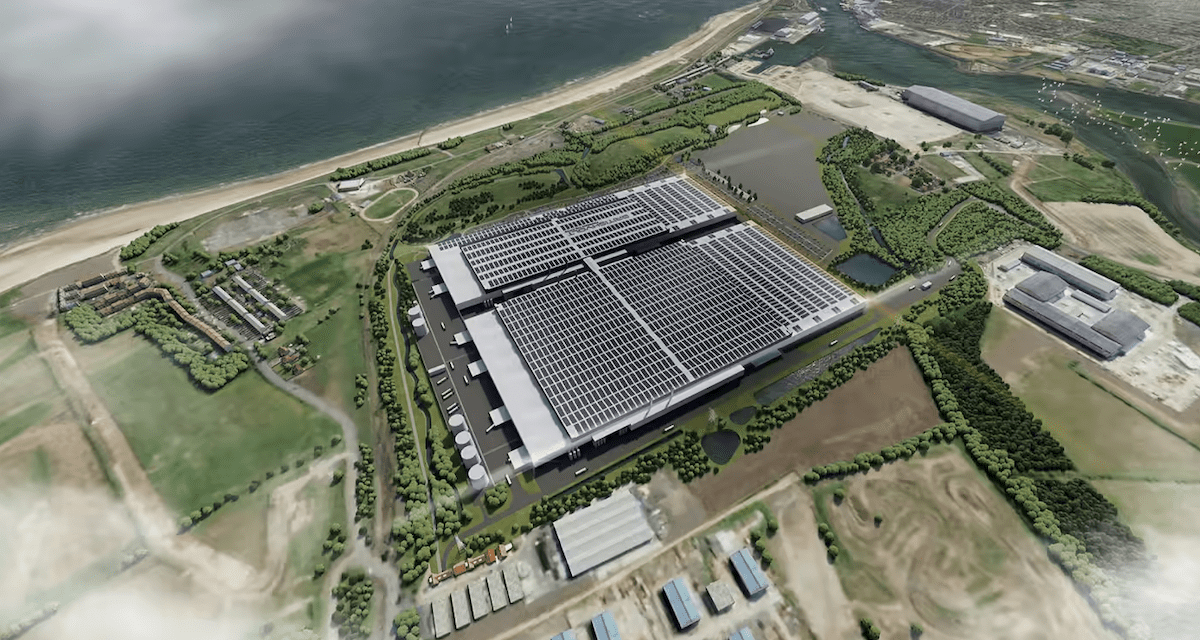
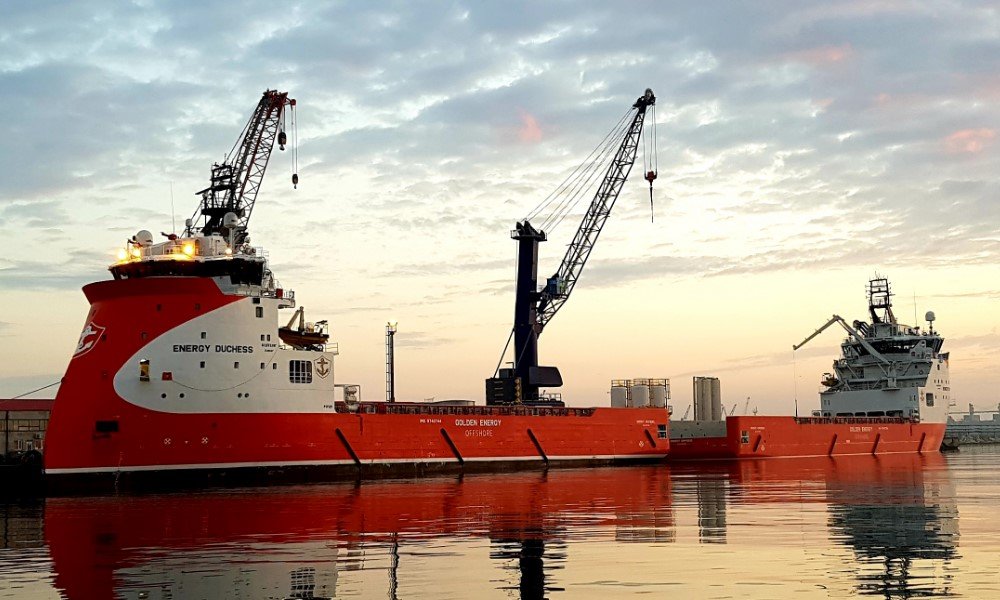

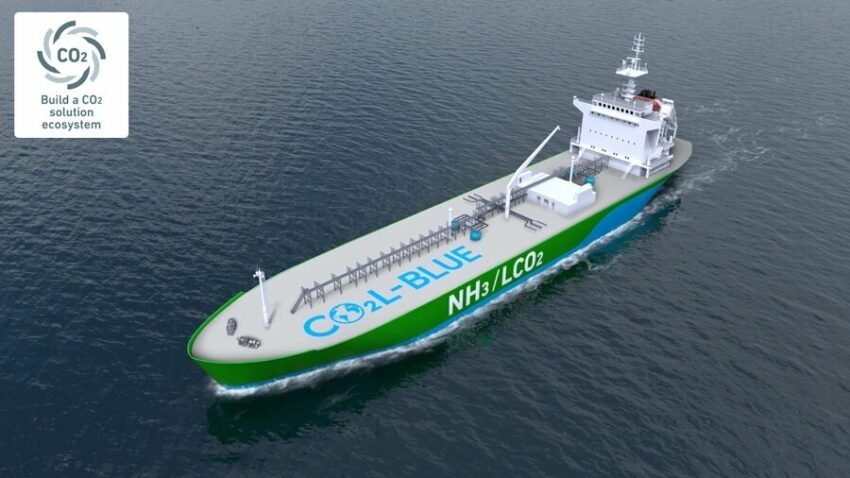
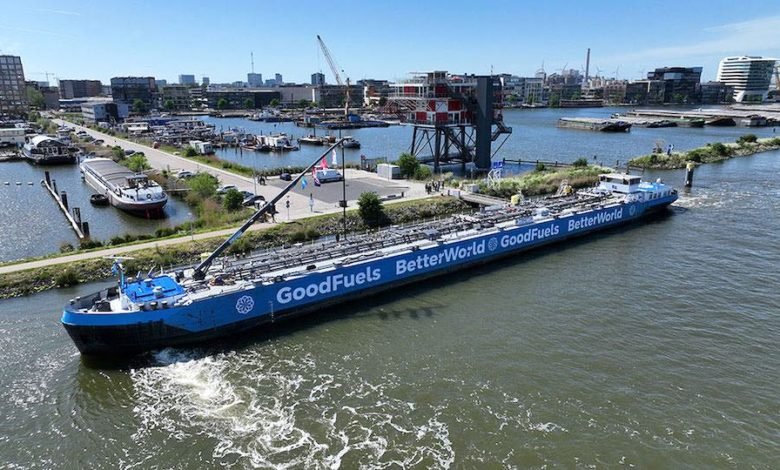
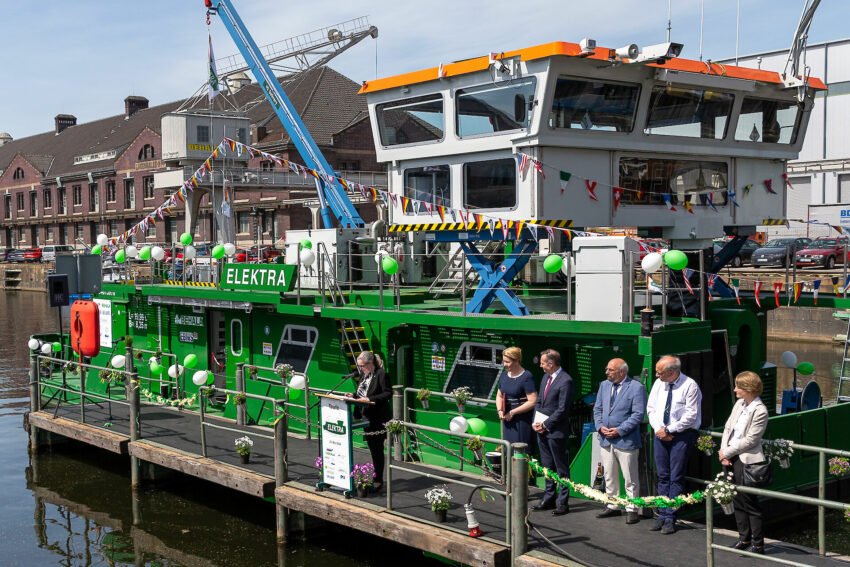
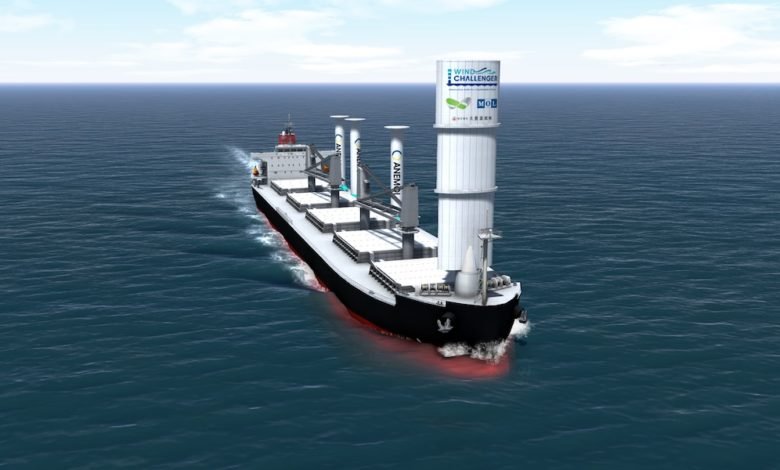





 Ningbo Containerized Freight Index Weekly Commentar
Ningbo Containerized Freight Index Weekly Commentar  Ningbo Containerized Freight Index Weekly Commentar
Ningbo Containerized Freight Index Weekly Commentar  Ningbo Containerized Freight Index Weekly Commentar
Ningbo Containerized Freight Index Weekly Commentar  BIMCO Shipping Number of the Week: Bulker newbuildi
BIMCO Shipping Number of the Week: Bulker newbuildi  Ningbo Containerized Freight Index Weekly Commentar
Ningbo Containerized Freight Index Weekly Commentar  Ningbo Containerized Freight Index Weekly Commentar
Ningbo Containerized Freight Index Weekly Commentar